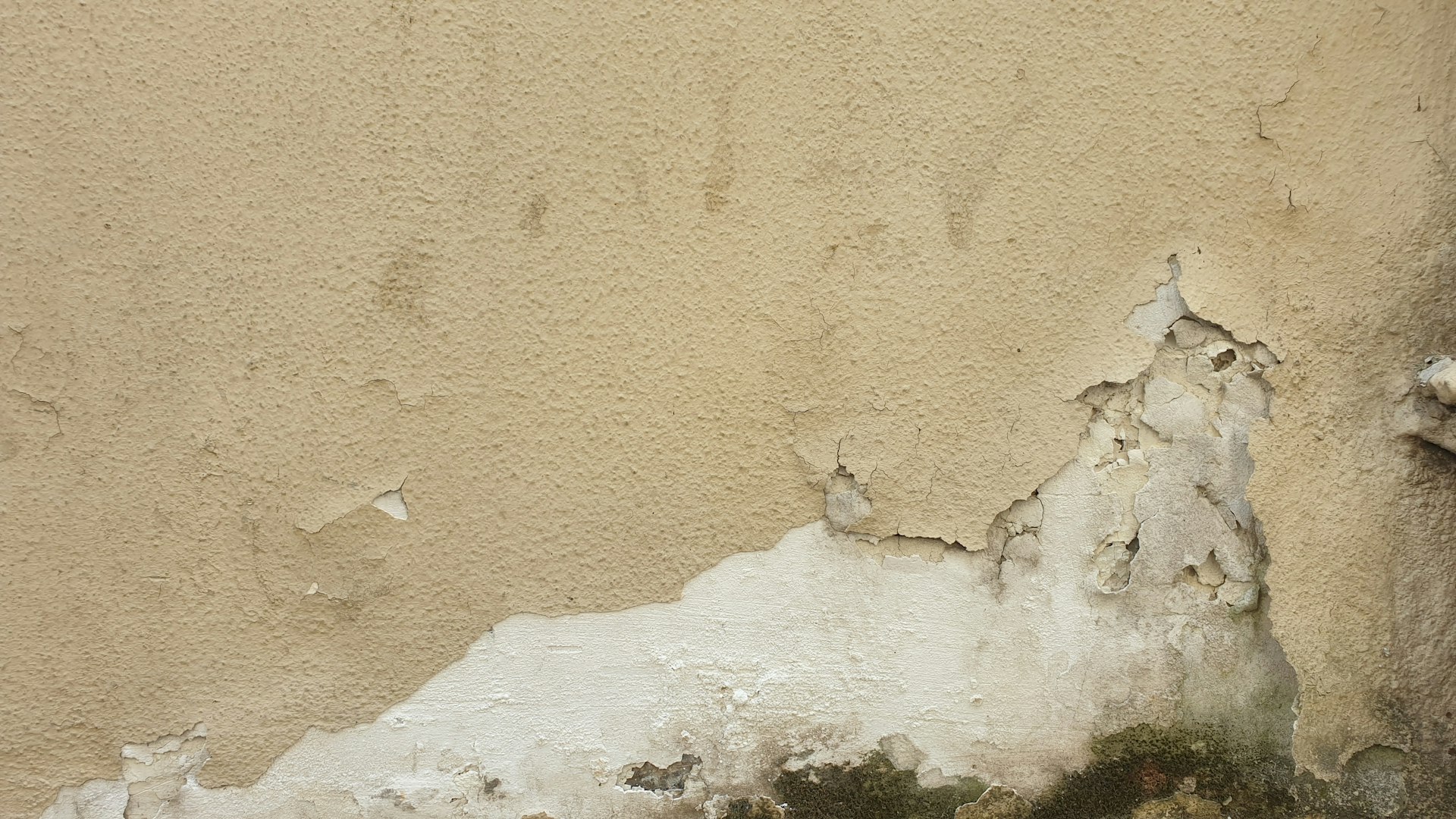Water intrusion is one of the most persistent threats to the integrity and safety of any building. Whether it’s a new home or an older property, understanding where and how water can enter is the first step in protecting your investment from costly damage, mold growth, and structural issues. Here’s a comprehensive look at the most common sources of water intrusion and what you can do to prevent them.

1. Roof Leaks and Chimney Damage
The roof is a primary barrier against the elements, but it’s also one of the most common entry points for water. Damaged or missing shingles, faulty flashing around chimneys and skylights, and blocked gutters can all allow water to seep into your attic and walls. Even a small hole or a single displaced tile can lead to significant water ingress, especially during heavy rain.
Prevention Tips:
- Regularly inspect your roof for missing or damaged shingles.
- Ensure flashing around chimneys, skylights, and vents is intact and properly sealed.
- Clean gutters and downspouts to prevent blockages and overflow.
2. Plumbing and Appliance Leaks
Leaks from plumbing systems hidden within walls or under floors are a frequent source of water intrusion. Appliances such as washing machines, dishwashers, and water heaters can also develop leaks, creating pools of water in hard-to-reach places and fostering mold growth.
Prevention Tips:
- Inspect visible pipes and appliance connections regularly for leaks.
- Replace old hoses and fittings before they fail.
- Address any signs of moisture or water stains on walls and ceilings promptly.
3. Improper Sealing Around Windows, Doors, and Vents
Gaps or deteriorated seals around windows, doors, and exterior vents are common pathways for rainwater to enter your home. Over time, weatherstripping and caulking can degrade, allowing water to penetrate and cause damage to interior finishes.
Prevention Tips:
- Check and replace weatherstripping and caulking as needed.
- Ensure all exterior vents are properly sealed and vent covers are intact.
4. Cracks in Walls and Foundations
Cracks in exterior walls and foundations provide a direct route for water to enter, especially during heavy rainfall or flooding. Settlement, aging materials, and poor construction practices can all contribute to the development of these cracks.
Prevention Tips:
- Inspect your home’s exterior and foundation for visible cracks or gaps.
- Seal any cracks promptly with appropriate materials.
- Consider professional assessment for larger or recurring cracks.
5. Basements and Crawl Spaces
Basements and crawl spaces are particularly vulnerable to water intrusion due to their location below ground level. Water can enter through cracks in walls or floors, faulty sump pumps, or high groundwater levels, leading to persistent dampness and mold issues.
Prevention Tips:
- Ensure sump pumps are functional and consider a backup system.
- Install or repair vapor barriers and dehumidifiers as needed.
- Seal cracks in basement walls and floors.
6. Defective or Missing Damp Proof Courses
A damp proof course (DPC) is essential for preventing rising damp in walls. If the DPC is missing, bridged, or deteriorated, moisture can travel up from the ground into the walls, causing damage and mold growth.
Prevention Tips:
- Check for visible signs of rising damp, such as tide marks or peeling paint.
- Consult a specialist if you suspect issues with your DPC.
7. Condensation and Internal Moisture
High humidity, poor ventilation, and condensation from cooking, bathing, or drying clothes indoors can all contribute to internal water intrusion. Over time, this moisture can accumulate in walls, under floors, or in poorly ventilated spaces, leading to damp and mold.
Prevention Tips:
- Use exhaust fans in kitchens and bathrooms.
- Ensure good ventilation throughout the home.
- Use dehumidifiers in moisture-prone areas.
8. External Landscaping and Drainage Issues
Improper grading, blocked drains, or landscaping that directs water toward the building can lead to water pooling around foundations and eventual intrusion.
Prevention Tips:
- Ensure the ground slopes away from your home.
- Keep external drains clear of debris.
- Avoid planting trees or shrubs too close to the foundation.
Water intrusion can come from many sources, both external and internal. Regular inspections, timely maintenance, and proactive waterproofing are essential to keep your property dry and damage-free. By understanding and addressing these common sources of water intrusion, you can protect your home’s value, your health, and your peace of mind. Reach out to GreenBuild Waterproofing Solutions on info@greenbuild.co.ke or 0700288388